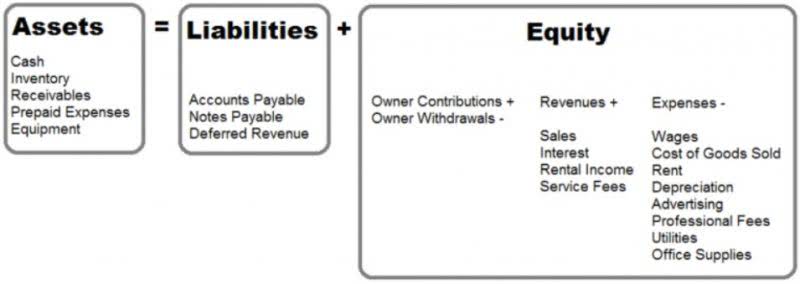The time between the previous and current billing dates for any sale of products or provision of services is known as the billing cycle. Billing cycles might span between medical billing process 20 and 45 days, depending on the lender or service provider. If there are any mismatches, the biller/provider will enter into an appeal process with the payer.

The payer will send a report to the provider, specifying how much of the claim they are ready to pay and the reason after the payer adjudication is completed. This report notes the covered procedures and the amount assigned for each procedure by the payer. Patient check-in and check-out are comparatively straightforward procedures. If the patient arrives the first time, they (the provider) will be asked to fill up some forms; otherwise have to confirm the details the doctor has on file. The patient will also be needed to give some official identification, like a driver’s license or passport and a valid insurance card.
Step 4: Payment Determination
In Canada, there’s only need for one secure interface between 2 computers for the adjudication process to work. To put it into terms that Americans understand, Canadians are all members of the same plan with the same coverage. The payor evaluates the claim, then decides whether the medical claim is valid and how much of the claim they will reimburse. When a claim is rejected for any of the above reasons, it can simply be corrected and resubmitted for payment. Orchestration begins with the intake of claims via XML, EDI, or API; claims may also be manually keyed in Smart Claims Engine. Once a claim enters Smart Claims Engine, data included on the claim or in the claims file guides the claim to the correct orchestration layer.
![]()
Subsequently, the claim is transmitted to clearinghouse or payer for processing. The biller confirms all procedures listed on the early claim are accounted for in the report by reviewing this report. Finally, the biller will check to make sure the fees in the report are accurate concerning the contract between the payer and the provider. The provider’s workplace will also collect copayments when patients check in or out. Copayments are continuously collected for the service, but the provider can determine if the patient pays the copay before or after their visit.
What are the 5 steps to the medical claim process?
This includes zero-dollar remittances, as these often include denial codes and other important details. The medical billing process can be broken down into stages, what’s known as front-end and back-end. Front-end billing takes place pre-service — or before the patient sees the doctor.
Medical coders review the medical chart and extract billable information that they then translate into standardized codes. Your statement balance is calculated after each billing cycle by adding the transactions to your previous amount if there was one. Your bill will be due in the following few weeks, and a new billing cycle will begin.
This Topic is available in the following Module:
Thus, getting an appeal accepted ends up costing the organization more than the original submission. Although that statement is technically true regarding the claim submission process, it’s definitely not easy. Every experienced medical biller will tell you that there is a lot more involved in the three steps I just listed and that it’s the minutiae that matter most within each step. Find a billing and PM solution that can automatically pull clearinghouse information to check whether a claim was accepted. Although some practices have staff perform these tasks, using automation saves time.
